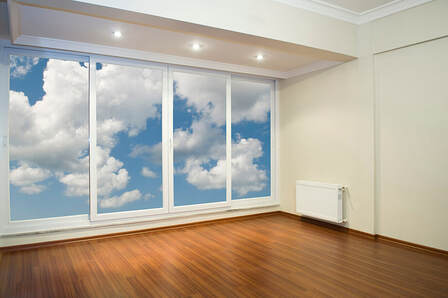|
Spring has finally arrived in Minnesota! Your HVAC system has been working hard for the last 6 months, keeping you comfortable and safe—even through the polar vortex. If you didn't get to it in the fall—and let's face it, a lot of us didn't—now's the time to give it the cleaning it deserves Furnace Cleaning
Your furnace is one of the most valuable and hardworking appliances in your home. Its work doesn't stop once winter comes to a close. Instead, it's called into service again all summer long, to distribute throughout your home the air that your evaporator coil (A-coil) cools with the help of the outside condenser. If the inner components of your furnace are dirty, your furnace will have to work harder and use more energy to distribute air. Dust on the fan blades, for example, will put more stress on the motor and decrease efficiency. Having relied on your furnace all winter, before summoning it into service again for the summer, show it some gratitude by having your furnace cleaned and checked. Air Duct Cleaning During the long Minnesota winter, your air ducts were hard at work circulating warmed air throughout your closed-up home. Over time, household dust and debris accumulate inside the air ducts. Left uncleaned, this accumulation of debris continues to build up and is eventually blown back into your living space, polluting your indoor air. The buildup additionally settles in the components of your furnace and evaporator coil, hindering their performance and decreasing air flow. To rid your system of these indoor pollutants, have your air ducts cleaned of all of the debris within, to improve indoor air quality and increase system efficiency. Chimney Sweep Chimney sweeping is recommended after approximately every 50 fires. If you didn't have your chimney cleaned in the fall, consider having it swept this spring in order to avoid the danger of excessive creosote buildup. An advantage of having it cleaned in the spring is that this is the slow season for this service; many homeowners don't start thinking about chimney sweeping till fall, by which time chimney sweeps are harder to come by and sometimes more pricey--especially during the pre-holiday rush from mid-October to late December. Also, your chimney sweep will often need to climb your roof to do a thorough job. Wait until fall and you'll risk having to postpone the service if snow falls early and your roof is too risky to climb. Dryer Vent Cleaning Dryer lint is an extreme fire hazard, and regular and thorough removal of lint buildup inside the vent is critical to home fire safety. Additionally, wildlife often seek the warmth of this deceptively cozy environment, potentially causing dangerous blockages. Consider having your dryer vent cleaned when you clean the various components of your HVAC system. Having the service performed in the spring is especially good timing if your dryer vents onto the roof, which is often dangerous to climb in the fall and winter seasons. AC Tuneup & Cleaning While your furnace is working inside to distribute air, your outside condenser is circulating coolant through the furnace's A-coil and expelling heat outside. The condenser fins on the unit, over time, become clogged with debris, including dirt, dead leaves, and all manner of fluffy-floaty plant progeny (dandelion seeds come to mind) that sail through the air and get sucked in by the fan. When the central fan draws air in through fins that are clogged with debris, the air conditioning unit suffers from reduced efficiency and is more subject to breakdowns. Additionally, the debris hinders air flow and can cause the unit to not cool properly (as can low refrigerant levels). Want to learn more about our HVAC services? Our service pages contain detailed descriptions about the processes and tools each service entails.
0 Comments
|
SearchArchives
April 2022
|
Twin Cities Furnace Cleaning - Open 7 Days a Week 8AM to 8PM

